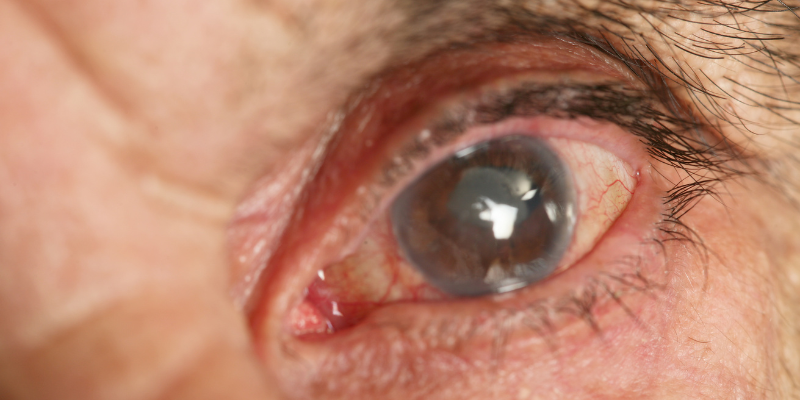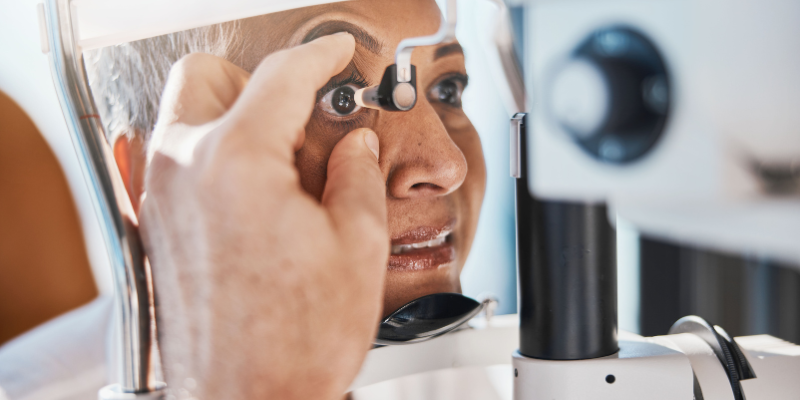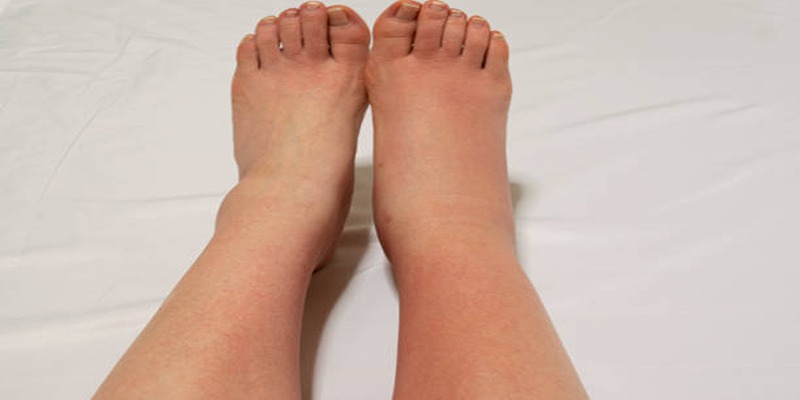7 Important Things You Must Know About Glaucoma
Glaucoma is a collection of eye conditions that can cause permanent vision loss if not treated. It is a significant cause of blindness globally, and millions of people suffer from it. Despite its prevalence, however, most people are unaware of its danger, symptoms, and treatment. It tends to advance silently, hence the need for early detection to avoid extensive vision loss. Regular eye examinations, knowledge of risk factors, and early medical treatment can control glaucoma well.
In this article, we will discuss seven essential facts about glaucoma that everyone should be aware of to safeguard their vision and overall eye health.
Glaucoma Frequently Emerges Without Symptoms
Glaucoma is frequently called the "silent thief of sight" since it evolves slowly without apparent symptoms in the initial stages. The majority of individuals are not aware that they have glaucoma until a severe loss of vision occurs. By the time symptoms like tunnel vision or blind spots develop, the optic nerve damage is generally permanent. Because there are no early warning signs, individuals at risk, particularly those aged over 40 or with a family history, should have regular eye tests. Early detection of glaucoma can avoid significant vision issues. Sophisticated diagnostic equipment such as optical coherence tomography (OCT) and visual field testing aid the detection of glaucoma before symptoms develop.

Elevated Eye Pressure is a Primary Risk Factor
One of the main reasons for glaucoma is increased intraocular pressure (IOP). When there is a buildup of fluid in the eye, it puts pressure on the optic nerve and causes it to be damaged. Some individuals with normal eye pressure also develop glaucoma, so regular eye check-ups are crucial for accurate diagnosis. Risk factors for increased eye pressure are aging, genetics, overuse of corticosteroids, and trauma to the eye. Lowering eye pressure with medications or lifestyle changes can delay or prevent optic nerve damage. Individuals with high eye pressure but without optic nerve damage are usually closely observed to determine whether they are at risk of developing glaucoma in the future.
Different Types of Glaucoma
Glaucoma is not one disease but a collection of disorders of the optic nerve. The most common types are:
- Open-Angle Glaucoma: The most prevalent type, in which drainage canals of the eye become progressively blocked, resulting in raised pressure.
- Angle-Closure Glaucoma: A medical emergency in which the drainage angle suddenly closes, rapidly increasing eye pressure.
- Normal-Tension Glaucoma: Damage to the optic nerve despite normal eye pressure.
- Congenital Glaucoma: Born with it, typically as a result of abnormal eye development.
Every type needs a different diagnosis and treatment. Knowing the differences can enable people to take the appropriate preventive measures and treatment options.
Regular Eye Exams Are the Key to Early Detection
Because glaucoma usually develops without symptoms, regular eye exams are the best method of early detection. Eye doctors employ several tests, including tonometry (to check eye pressure), optic nerve imaging, and visual field tests, to diagnose glaucoma. Early detection allows for timely treatment to slow or prevent further vision loss. Comprehensive eye exams should be conducted annually for individuals over 40 or those at higher risk. People with diabetes, high blood pressure, or a family history of glaucoma should be especially vigilant. The earlier glaucoma is detected, the more treatment options are available to slow its progression and preserve vision.
Advances in Treatment Options
Glaucoma may not be a cured condition; however, some treatments can help slow its progression and preserve vision. There are three main treatment options:
- Medicated eye drops: These are effective in reducing the production of eye fluid or improving drainage to decrease eye pressure.
- Laser therapy: Selective laser trabeculoplasty (SLT) is a laser treatment that helps open the drainage channels.
- Surgery: With surgeries such as trabeculectomy or minimally invasive glaucoma surgery (MIGS), eye pressure can be decreased if the other treatment options are not effective. New medications and laser procedures have been developed through research in the medical field in the last few years.
Such fewer side effects point toward personalized treatment plans for different types and severities of glaucoma, which enhance patient outcomes. This makes it necessary for anyone to see an ophthalmologist to develop that tailored approach.
Lifestyle Changes That Can Manage Glaucoma
Lifestyle adjustments complement medical interventions in the management of eye health:
- Intake of a diet high in antioxidants, such as leafy greens and omega-3 fish.
- Moderate exercise helps reduce eye pressure.
- Too much caffeine can increase eye pressure.
- Management of high blood pressure and the worsening triggers of glaucoma.
Some weight management, reduced screen time, and relaxation practices to lower stress are minor adaptions and quite efficient in symptom control. Aside from avoiding smoking and drinking heavily, good eye health can be promoted. Significant sudden changes in lifestyle should be discussed with the doctor first.

7. Awareness and Prevention in Glaucoma
Preventive measures for all glaucoma cases cannot be laid down. Still, regular eye check-ups with a healthy lifestyle and greater awareness of risk factors, including age, family history, and ethnicity, will help reduce the risk. Awareness about the disease may also lend a hand in encouraging early diagnosis and treatment, among many others. If more individuals know the risk factors and the symptoms exhibited during the early stage, they will be more likely to check. Raising awareness, conducting community screenings, and online resources are all significant in the battle against glaucoma.
Final Thoughts
Unattended glaucoma can be life-threatening in terms of vision. However, these features can be significantly curtailed by early detection, regular check-ups, and proper treatment. Staying compliant and proactive concerning eye care and health serves not only to protect one's vision but also encourages others to do so. Schedule an eye exam today if you are at risk or if you have not had an eye exam in a while, and protect your sight for tomorrow.












